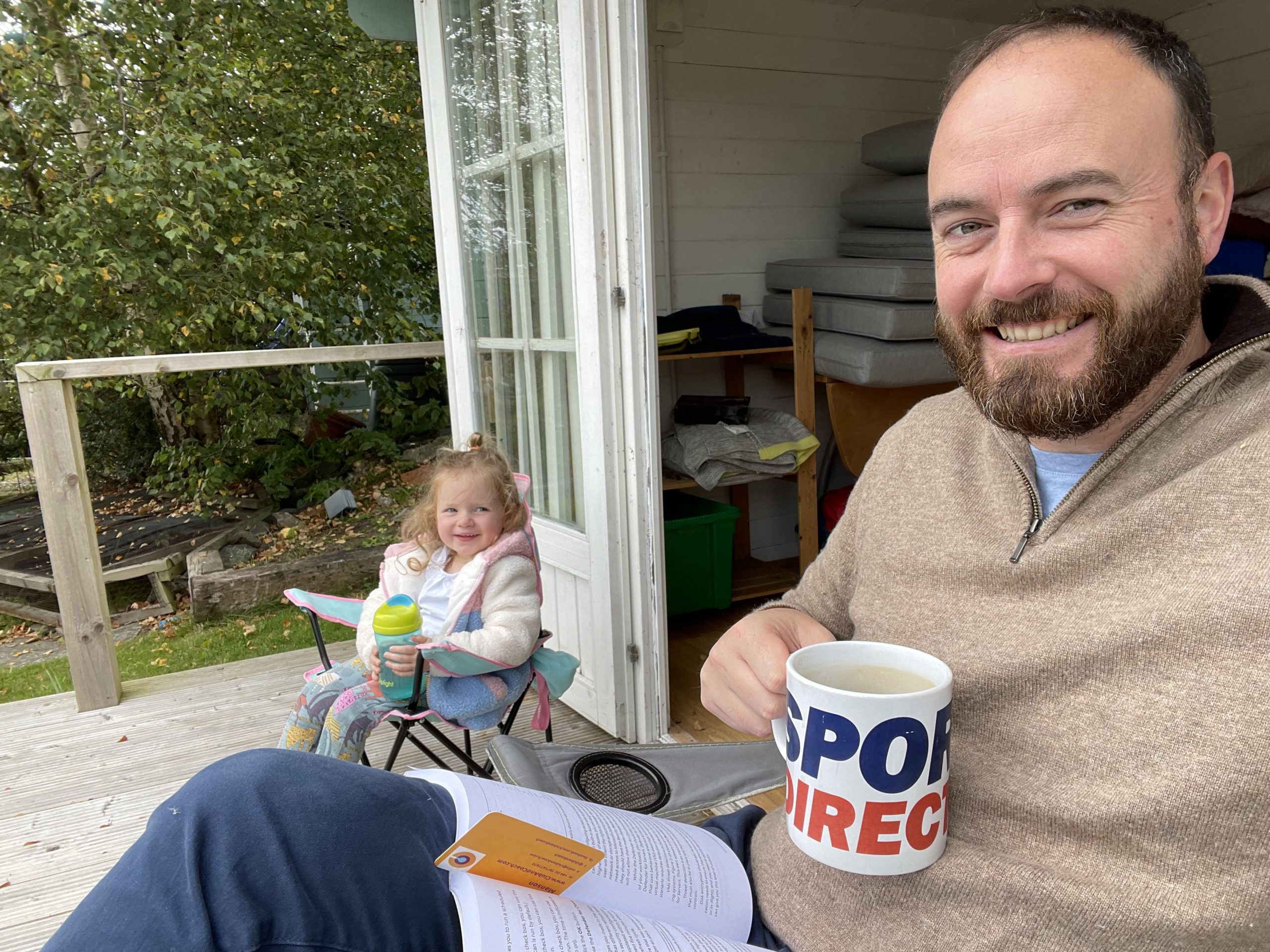Tea is a beloved beverage enjoyed by millions around the globe. The wellspring of warmth and comfort packed within a cup of tea spurs on intimate conversation and ignites the sparks of inspiration. This article will serve to guide tea lovers on how to brew the perfect cup of tea every time, imbued with the best of flavour, refreshing aroma, and invigorating spirit. Nurturing ourselves with the perfect cup of tea – be it black tea, green tea, white tea, or oolong tea – becomes an art of impeccable taste, one that we ought to master.
What are the basics of brewing the perfect cup of tea?
A proper cup of tea is a culmination of several key components. Let’s examine the importance of water temperature, type of tea and tea per cup proportions.
Importance of Water Temperature
Fresh water heated to the appropriate temperature is crucial to brew tea that does not taste bitter. Most tea packages provide information about the optimal water temperature for brewing, making it relatively easy even for a beginner to know how to the correct temperature to make a perfect cup of tea. Generally, green teas require cooler water than black and oolong teas.
Choosing the Right Type of Tea to Use
Every tea type, for instance, green tea, black tea, oolong tea, and white tea, has its distinctive notes and flavors. Your choice of tea surely reflects your preference for an anticipated burst of flavour, be it earthy, floral, fruity or musty. From the numerous tea companies offering different types of tea, you’re bound to find a type of tea that soothes your taste buds.
Proper Tea per Cup Proportions
Striking the right balance between tea and water is vital to avoid a brew that’s too weak or overwhelmingly strong. Whether you prefer using a teapot to brew a pot of tea or a tea strainer for an individual cup, you can generally aim for about one teaspoon of loose tea leaves per cup of water. The best way to make tea certainly involves the art of proportioning.
How do you brew a proper cup of tea with loose leaf tea?
For a purist seeking the authentic tea taste, making tea with loose tea is a revelation. Understanding the art of brewing loose leaf tea, its benefits and proper storage can further enhance your tea-drinking experience.
The Art of Brewing Loose Leaf Tea
When you brew loose leaf tea, the tea leaves should ideally swirl freely in the water. This allows a simultaneous release of flavors, resulting in a full-bodied and flavorful cup of tea.
Benefits of Using Loose Leaf Over Tea Bags
While convenience might drive some to opt for tea bags, loose tea leaves offer a quality and depth of flavour that a packaged tea bag can hardly replicate. You’re more likely to encounter a broader variety of tea types in loose leaf form than in tea bags. The ideal way to make tea so intricately delicious lies in the appreciation of loose leaf tea.
Proper Storage of Loose Leaf Tea
To maintain the quality and flavor of your loose leaf tea, proper storage is of paramount importance. A dry, clean and airtight container is essential to prevent exposure to odors, light, air, and humidity, which can degrade your tea.
How to make a perfect cup of tea with a teapot?
Brewing a pot of tea in a teapot brings along a traditional charm. Choosing the right teapot, understanding its role in tea-making and learning tips on tea brewing, can all contribute to that perfect cup or pot.
Choosing the Right Teapot
The material of your teapot can influence the taste of your tea. Ceramic and glass teapots are popular as they don’t absorb how much loose tea and flavour and are easy to clean. On the other hand, clay teapots absorb some tea and over time, it can enhance the flavor of the tea made in them.
The Role of a Teapot in Tea Making
A teapot not only offers a great way to make tea but also keeps it hot for a longer stretch, permitting the tea flavours to develop more fully. When the tea dances in the teapot, it ends up beautifully steeped to make the perfect warm cup.
Tips to Brew Tea in a Teapot
Firstly, warm the teapot by rinsing it with hot water. Then, add your desired amount of tea leaves pour boiling water. Finally, pour hot water and steep your tea as per the recommended time.
What is the best way to make tea using a tea bag?
Tea bags offer a fast, convenient option for many. However, understanding their pros and cons, and perfecting the steps in their use can lead you to a properly brewed tea bag cup.
Pros and Cons of Tea Bags
Tea bags promise easy clean-up and quick preparation time. On the downside, they might contain broken tea leaves which have lost most of their oils and aroma, potentially compromising the tea taste.
Steps to Make the Perfect Cup with a Tea Bag
Begin by boiling fresh water in a kettle. Allow the water to boil and to cool slightly, then pour it over the tea bag in your cup. Steep your tea as per the tea package’s recommendation to ensure the best brewing time.
The Tea Bag and Water Proportion
The typical recommendation is one tea bag per cup. However, it is largely subject to personal preference — you could add more tea to water ratio for a weaker brew or use two tea bags for a stronger cup.
When should you put milk in your tea?
Milk in tea is a common custom, but when and with how much tea you add the milk remains a hot debate. Let’s delve into this further.
Milk in First: A Debate
Whether to add milk first or last has long been a subject of contention among tea lovers. Some believe adding milk first influences the steeping process, causing the tea to taste better, while others claim it is better to add the milk last for optimal tea flavor balance.
How Milk Affects Flavour of the Tea
Milk is known to neutralize tannins in the tea, thereby reducing the bitterness and enhancing the overall mouthfeel. The ratio of milk to tea, however, should be kept in mind. Too much milk can mask the true flavour of tea.
Choosing the Right Milk for Different Types of Tea
While most people use regular cow’s milk, non-dairy milk options such as almond or soy milk can also pair well with certain teas, particularly stronger black teas.
In conclusion, the art of brewing the perfect cup of tea is a personal journey of exploring different teas, using appropriate brewing techniques and fine-tuning proportions. As you sip your perfectly brewed cup of tea, experience the tranquility and rejuvenation this humble beverage promises. And remember, your perfect cup of tea is simply the one you most enjoy!
###
Q: How do I make a perfect cup of tea?
A: To make a perfect cup of tea, start preparing tea first by boiling water to the appropriate temperature for the type of tea you are using. Then, allow the tea to steep for the recommended time and remove the tea bags or leaves. Finally, pour the tea into a cup or teapot and enjoy!
Q: Can I drink tea without adding milk or sugar?
A: Yes, you can definitely drink tea without adding any milk or sugar. Many people prefer to enjoy their tea without any additional ingredients for a more natural and pure flavor.
Q: What are some tips for brewing the perfect cup of tea?
A: Some tips for brewing the perfect cup of tea include using the proper water temperature, following the recommended steeping time for your tea, and choosing high-quality tea leaves or bags.
Q: Should I use a teapot or just a cup to make tea?
A: Whether to use a teapot or just a cup to make tea depends on personal preference and the quantity of tea you want to prepare. Teapots are great for serving multiple people, while a cup is ideal for single servings.
Q: What’s the difference between using tea bags and loose tea leaves?
A: Tea bags contain pre-measured portions of tea leaves, while loose tea leaves allow you to measure the desired amount. Both can be used to make a delicious cup of tea, and the choice between the two depends on personal taste, preference and convenience.
Q: How can I ensure that the water temperature is right for brewing tea?
A: To ensure the water temperature is the right temperature for brewing tea, you can use a thermometer to measure the temperature accurately. Different types of tea require different water temperatures, so it’s important to check the recommended temperature for your specific tea variety.
Q: Should I remove the tea bags or leaves after the recommended steeping time?
A: Yes, it’s important to remove the tea bags or leaves after the recommended steeping time to avoid over-extraction, which can make whole leaves of the tea taste bitter. Following the suggested steeping time will help you achieve a perfectly balanced flavor.
Q: Can I make iced tea using the same process as hot tea?
A: Yes, you can make iced tea using the same process as hot tea by brewing a stronger tea concentrate and then chilling it over ice. Alternatively, you can cold brew herbal tea by steeping it in cold water in the refrigerator for several hours.
Q: Is it better to use hot or cold water to brew tea?
A: It’s better to use hot water to brew most types of tea, as the heat helps to extract the flavor and aroma from the tea leaves. However, some tea varieties, like cold-brewed tea, require cold water for brewing.
Q: Should I add milk to my tea?
A: Whether or not to add milk to your tea is a personal preference. While some people enjoy the creamy texture and taste that milk adds to their tea, others prefer to drink their tea without any milk. Try it both ways and see which one you prefer!
###
“`

